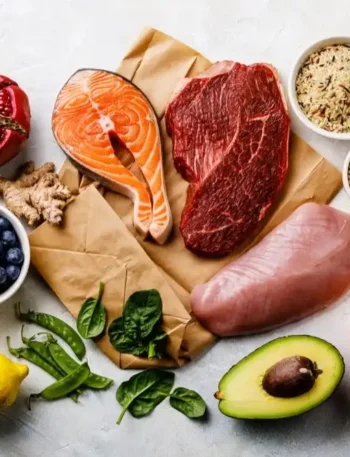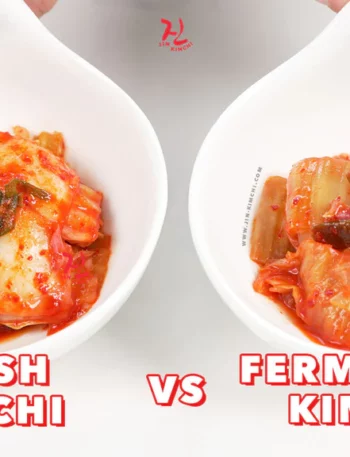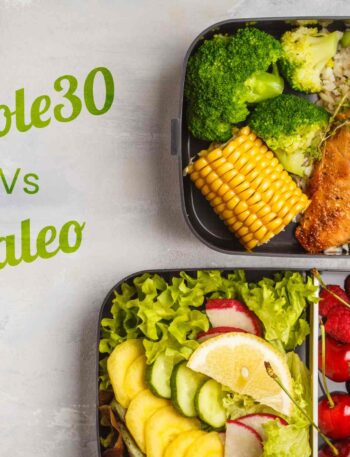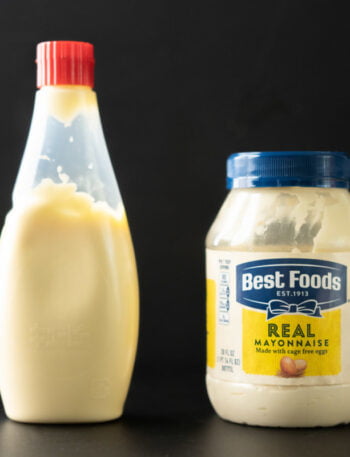
Food ain’t what it used to be. The lettuce is limp, the price of eggs makes you sweat more than leg day, and half the snacks labeled “healthy” are just sugar in yoga pants.
But somewhere between lab-grown meat and 3D-printed sushi, a scrappy green underdog has been quietly creeping into the spotlight like the kid who never talked in class but aces every test: algae. Yeah, that pond scum. Slimy, green, and shockingly powerful. Not just for fish tanks anymore—algae might just be the future’s secret weapon for keeping our bellies full and our brains from losing it in the chaos.
You’d think the future of satiety would come in the form of some high-tech protein bar with glowing reviews and a Kardashian promo code. Nope. It’s algae. Spirulina, chlorella, the micro boys with macro punch.
These microscopic green hustlers are packing more nutrients per gram than that $20 grain bowl with “activated” quinoa and anxiety.
And the kick? They don’t need acres of land, perfect weather, or your soul to grow. Just a splash of water, sunlight, and a little TLC. Boom—nutrient-dense biomass, ready to stuff your gut and save the damn planet.
The whole “fullness” thing, by the way, is not just about stuffing your face. Hunger in the modern world has become a freakshow.
You’re technically full, but your body’s starving. You ate, but your cells are still screaming like toddlers on a plane. That’s what happens when we feed our bodies calories without nutrients.
Algae flips that equation. It’s like giving your insides a pep talk, a multivitamin slap, and a nutrient-packed bear hug all in one spoonful. And if that sounds dramatic, welcome to the next food revolution.
Big players are already sniffing around. NASA’s been flirting with algae for space missions since forever. Not because it’s trendy, but because it’s efficient, light, and doesn’t throw a fit under pressure.
If astronauts are munching on green goo while floating in orbit, you know there’s more to this than hippie juice bars and Instagram smoothies.
Think about it: as the population explodes and land becomes tighter than your jeans after holiday season, the world’s gonna have to pivot. Cows take up space. Crops guzzle water.
But algae? It grows in tanks. On rooftops. In vertical farms. It doesn’t throw tantrums when the weather turns. It doesn’t demand fertilizers or cry when it doesn’t get rain. It just shows up, does its job, and feeds you like a champ. Low-maintenance, high-reward. A food MVP that doesn’t ghost you after a first date.
Some skeptics will roll their eyes—“I’m not eating slime.” Yeah? People said that about sushi once, too. And tofu. And oat milk.
Hell, people freaked out about putting raw fish on rice, now they’ll fight you for the last spicy tuna roll. Taste is a moving target. Add a little flavor wizardry, and algae’s bland beginnings turn gourmet real fast.
The future isn’t about eating less—it’s about eating smart. Filling up without clogging up. Nourishing without bankrupting. Algae doesn’t promise magic.
It doesn’t have a six-pack or a scandal. But it does have protein, fiber, minerals, and a ridiculous ability to make your gut feel like it actually matters.
Some of the brightest minds in food tech are betting their chips on it. And not because they’re bored. Because when you zoom out and look at where we’re headed—resource scarcity, rising food insecurity, climate doom knocking at the door—algae doesn’t look like a backup plan. It looks like the plan.
“In a world addicted to excess, fullness might come from something small, green, and wildly underestimated.”
Call it a quiet rebellion. A microscopic act of resistance. Or just damn smart food.
Whatever you call it—better get used to green. The future’s coming, and it’s swimming in it.









